In the delicate balance of modern economies, inflation and deflation act as opposing forces on a monetary seesaw—one lifting prices and eroding purchasing power, the other depressing demand and freezing growth. Central banks and governments worldwide grapple with this perpetual tug-of-war, striving to stabilize economies while avoiding the extremes of runaway price surges or paralyzing contraction. For individuals, businesses, and policymakers, understanding this dynamic is critical. The seesaw’s movements reshape savings, redefine debt burdens, and recalibrate spending habits, often with consequences that ripple across generations. From hyperinflationary crises to deflationary spirals, history reveals that neither extreme offers refuge; the true challenge lies in maintaining equilibrium.
Consumer Behavior: Confidence Versus Caution
Inflation tilts the seesaw upward, creating an environment where consumers rush to spend today’s money before it loses value tomorrow. This "buy now" mentality fuels demand for goods, real estate, and durable assets, often overheating markets. Wage earners push for higher pay to keep pace with rising costs, triggering a feedback loop where businesses raise prices to offset labor expenses. Conversely, deflation tips the balance downward, breeding caution. Consumers delay purchases, anticipating cheaper prices ahead, which stifles demand and forces businesses to slash production, cut jobs, or lower prices further. This self-reinforcing cycle can paralyze economies, as seen in Japan’s "Lost Decade," where persistent deflation discouraged investment and consumption for years. The psychological impact of these opposing mindsets often outweighs the raw economic data, making consumer sentiment a key indicator of which way the seesaw swings.
Debt Dynamics: Winners and Losers
The seesaw’s tilt dramatically reshapes the value of debt—a cornerstone of modern finance. Inflation erodes the real burden of fixed-rate loans, effectively transferring wealth from lenders to borrowers. Mortgages, student loans, and corporate debt become lighter to carry as wages and prices rise, incentivizing borrowing and investment. However, savers and fixed-income retirees suffer as their cash reserves and bond yields lose purchasing power. Deflation, by contrast, amplifies debt burdens. Loans become heavier in real terms, squeezing households and businesses alike. Default risks rise, credit markets tighten, and liquidity dries up, as seen during the 2008 financial crisis when falling home prices trapped borrowers underwater. Central banks face a paradox: combating deflation often requires lowering interest rates, but rates near zero leave little ammunition to stimulate borrowing when pessimism reigns.
Policy Dilemmas: Walking the Tightrope
Policymakers must constantly adjust their stance to keep the seesaw level. Inflation demands contractionary measures—higher interest rates, reduced government spending, or tax hikes—to cool excess demand. Yet these tools risk triggering unemployment or recession if applied too aggressively. Deflation calls for the opposite: monetary easing, fiscal stimulus, and quantitative easing to inject liquidity. However, prolonged low rates can distort markets, inflate asset bubbles, and encourage reckless risk-taking. The post-2008 era exemplifies this tension, as unprecedented stimulus averted depression but fueled inequality and speculative booms in stocks and real estate. Today, central banks face a "trilemma" of balancing inflation control, employment goals, and financial stability, often with imperfect tools and lagging data.
The Social Fabric: Inequality and Unrest
Beyond balance sheets, the seesaw’s sway reshapes societies. Moderate inflation can signal healthy growth, but hyperinflation—like Zimbabwe’s 2008 meltdown or Venezuela’s ongoing crisis—destroys savings, destabilizes governments, and fuels mass migration. Essentials become unaffordable, eroding trust in institutions. Deflation, while less visibly chaotic, deepens social divides. Job losses and wage cuts hit low-income workers hardest, while those with secure incomes benefit from lower prices. Aging populations, as in Europe and Japan, face particular vulnerability, as pension funds struggle to meet obligations in a low-growth, deflationary environment. Both extremes fuel populism: inflation breeds anger over scarcity, while deflation stirs resentment toward austerity measures.
Global Case Studies: Lessons from Extremes
History offers stark lessons. Germany’s Weimar Republic (1921–1923) saw hyperinflation render currency worthless, with citizens carrying wheelbarrows of cash for bread. This trauma embedded an enduring cultural aversion to inflation, shaping the European Central Bank’s rigid inflation-targeting policies. Conversely, Japan’s battle with deflation since the 1990s illustrates how hard it is to escape a downward spiral. Despite zero rates, massive stimulus, and public debt exceeding 260% of GDP, consumer prices remained stubbornly low, driven by aging demographics and risk-averse corporate behavior. The U.S. post-2020 experience, meanwhile, showcases the seesaw’s volatility: pandemic stimulus and supply shocks triggered 40-year inflation highs, followed by aggressive rate hikes that risk overcorrecting into recession.
Adapting to the Swing: Strategies for Individuals
Navigating the seesaw requires agility. During inflationary periods, tangible assets—real estate, commodities, or inflation-linked bonds—help preserve wealth. Variable-rate debt becomes riskier, favoring fixed-rate borrowing. Wage earners must negotiate cost-of-living adjustments, while investors hedge against currency devaluation. In deflationary climates, cash gains purchasing power, making high-yield savings accounts or Treasury bonds attractive. However, job security trumps all, necessitating skills diversification and emergency funds. Businesses pivot too: inflation favors pricing power and inventory hoarding, while deflation demands cost-cutting and operational efficiency. Crucially, avoiding overexposure to either extreme—whether through diversified investments or flexible debt structures—builds resilience.
The Future of the Seesaw: Digital Currencies and New Realities
Emerging technologies are altering the seesaw’s mechanics. Cryptocurrencies, hailed as "inflation-proof" due to capped supplies, now exhibit volatility that undermines their stability promise. Central bank digital currencies (CBDCs), meanwhile, could revolutionize policy tools, allowing direct stimulus injections or programmable money with expiration dates to force spending. Climate change adds another layer: transitioning to green energy may spur inflation through costly infrastructure shifts, while AI-driven productivity gains could exert deflationary pressure via cheaper goods and services. The seesaw’s future hinges on how these forces intersect with traditional monetary levers.
Staying Balanced in an Unstable World
The inflation-deflation seesaw reflects a fundamental truth: stability in economics is an illusion. What remains real is the capacity to adapt. Policymakers must embrace flexibility over dogma, blending monetary, fiscal, and regulatory tools. Businesses need contingency plans for both price surges and demand crashes. For individuals, financial literacy—understanding how to protect savings, manage debt, and exploit opportunities in either climate—is the ultimate safeguard. While the seesaw will never stop tilting, recognizing its rhythms transforms fear into strategy, uncertainty into preparedness. In the end, equilibrium isn’t about eliminating swings but learning to ride them with eyes wide open.
As digital currencies, climate imperatives, and geopolitical shifts reshape the economic landscape, the seesaw’s movements may grow more volatile. Yet its core lesson endures: resilience lies not in predicting the tilt but in preparing for its consequences. By acknowledging the inevitability of imbalance and arming ourselves with knowledge, we transform fear into strategy and uncertainty into opportunity. The monetary seesaw will never stop moving—but with eyes open and feet grounded, we can learn to sway with its rhythms rather than be thrown off entirely.

By Emily Johnson/Apr 24, 2025

By Victoria Gonzalez/Apr 24, 2025

By Michael Brown/Apr 24, 2025

By David Anderson/Apr 24, 2025
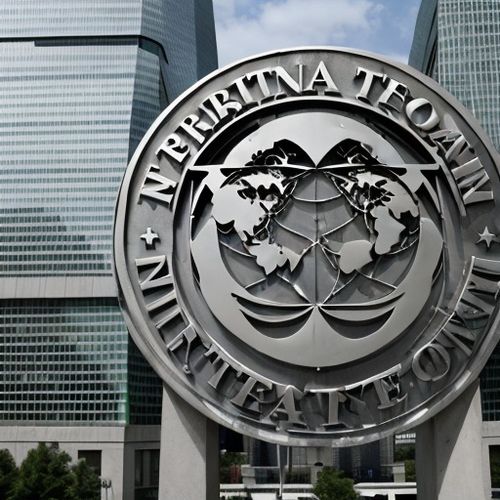
By Ryan Martin/Apr 24, 2025

By Victoria Gonzalez/Apr 10, 2025

By David Anderson/Apr 10, 2025
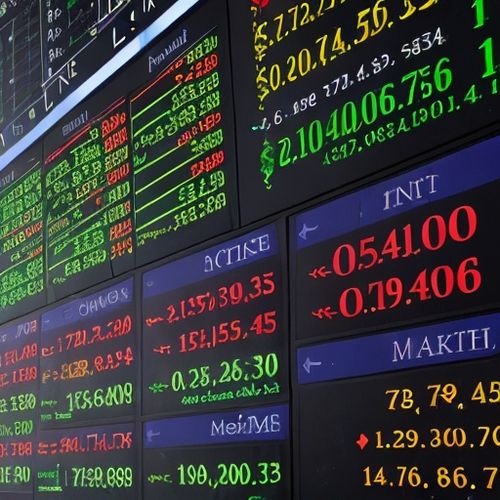
By Noah Bell/Apr 10, 2025

By Michael Brown/Apr 10, 2025

By James Moore/Mar 30, 2025
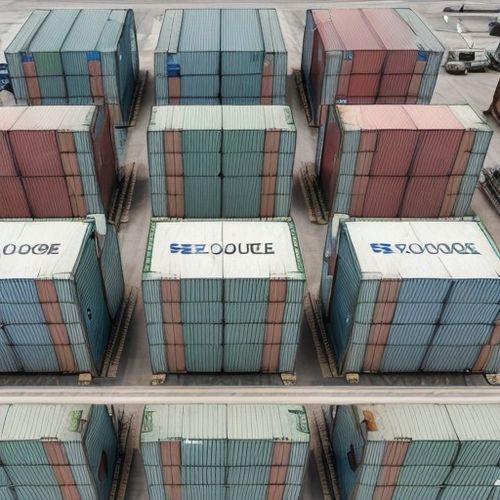
By Rebecca Stewart/Mar 30, 2025

By George Bailey/Mar 30, 2025
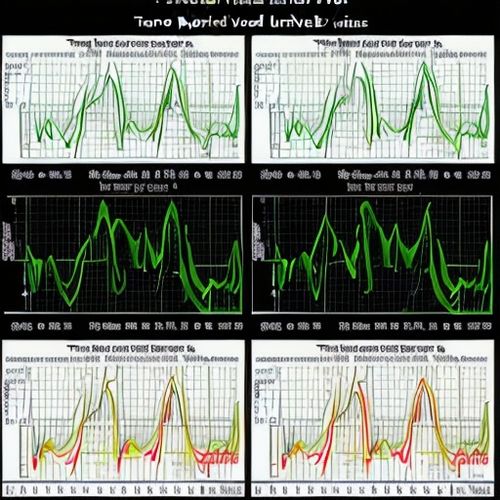
By Noah Bell/Mar 30, 2025
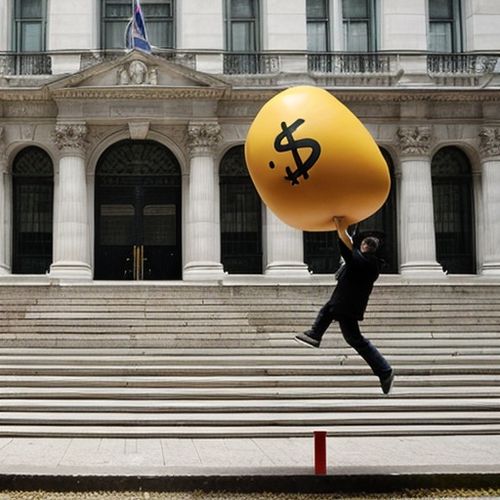
By Samuel Cooper/Mar 30, 2025
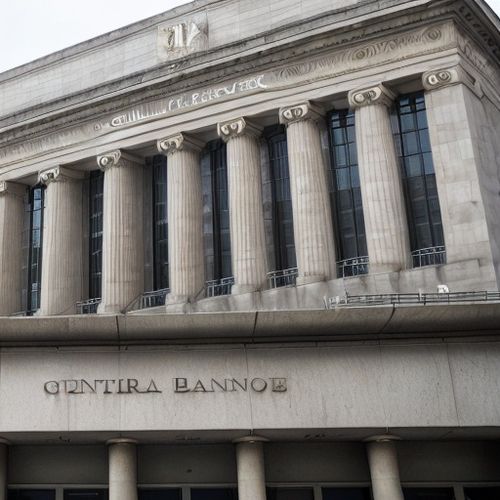
By Elizabeth Taylor/Mar 30, 2025